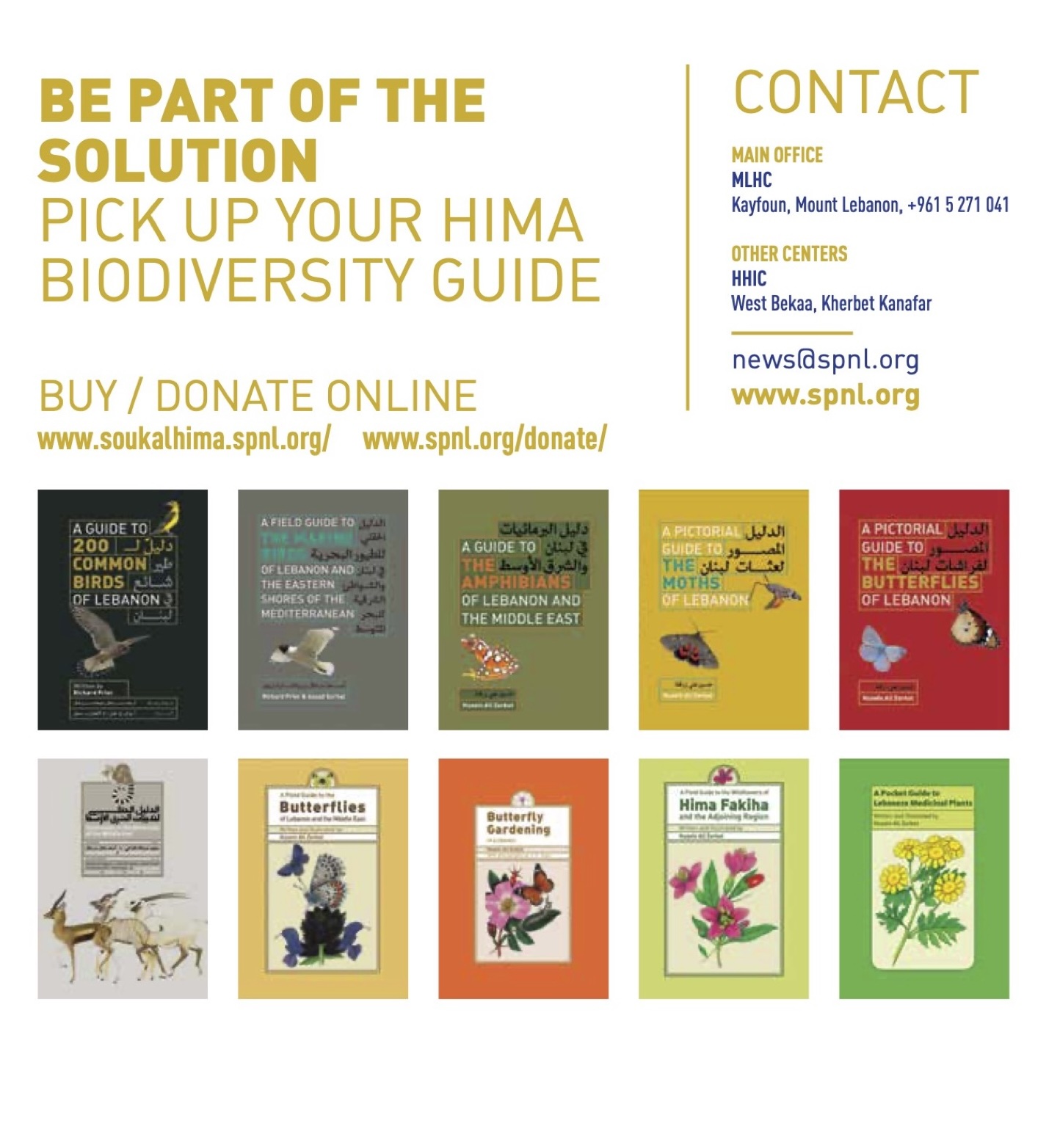Bird migration has long fascinated humanity and scientists have long puzzled over how migration evolves and how it can be maintained in natural populations. Crossing vast stretches of hostile desert or open ocean seems incredibly risky, so surely many birds must pay for the attempt to migrate with their lives. By the same token, wintering in freezing conditions at higher latitudes would also impose a heavy toll on survival, and, on balance, the cost that migration imposes must be offset with a benefit accrued in another stage of an animal’s life cycle. But where and when migratory birds die has been extremely challenging to study – until recent technological advances have made it increasingly possible to track the movements and fates of migratory birds.
With modern remote-tracking technologies we can now follow birds movements very precisely, and therefore determine where and when they die. This allows addressing fundamental questions in ecology, such as whether it is worthwhile for migratory birds to travel vast distances over hostile terrain to reach more favorable over-wintering conditions. In a new study published this week in the Journal of Animal Ecology, a collaboration of 38 researchers, led by Evan Buechley, Steffen Oppel, and Ron Efrat, addressed this question with the example of the Egyptian Vulture.
The Egyptian Vulture is an enigmatic species found throughout primarily arid regions of southern Europe, southern Asia, and Africa, and is closely associated with humans. The species primarily scavenges for food, and has often lived in proximity to people, benefiting on excesses of human civilizations. Accordingly, there are depictions of Egyptian vultures in Egyptian tombs, and in parts of the Balkans the species is an important symbol of spring locally known as the ‘cuckoo’s horse’, due to its migratory nature and relatively early arrival to breeding grounds in southern Europe.
Read the story from original source






